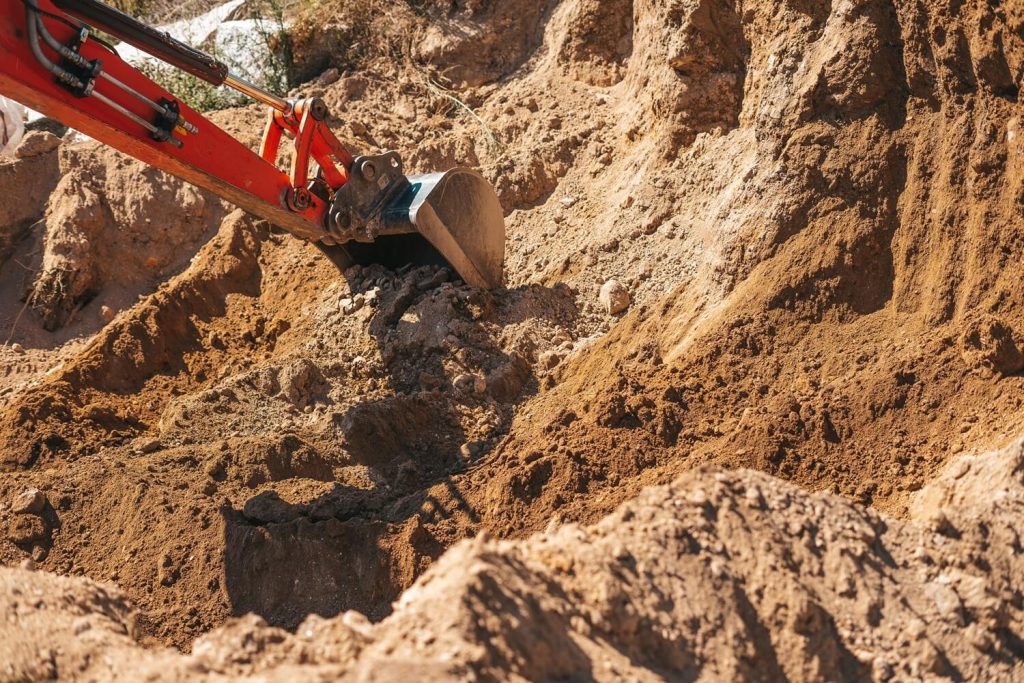
Effective erosion control and soil stabilization are important for maintaining the integrity of landscapes and infrastructure. One of the leading technologies in this domain is geocell technology, a versatile solution that provides reliable protection against soil erosion and enhances slope stability.
In this article, we discuss the strategies for utilizing geocell technology, focusing on its applications, benefits, and the science behind its effectiveness.
Geocells are three-dimensional, honeycomb-like structures made from high-density polyethylene (HDPE). They are used to confine and stabilize soils, particularly on slopes and embankments. The cellular confinement system enhances the load-bearing capacity of the soil, making it an excellent solution for erosion control and soil stabilization.
Geocells consist of interconnected strips that form a flexible, expandable grid. This grid can be filled with various materials such as soil, gravel, or concrete. The key components include:
Material: Typically made from HDPE, which offers durability and flexibility.
Cell Structure: The honeycomb design maximizes confinement and stability.
Fill Material: The type of fill material used can vary depending on the specific application and environmental conditions.
Geocell technology is employed in a variety of applications aimed at erosion control and soil stabilization. These applications demonstrate the versatility and effectiveness of geocells in different environments.
Geocell slope protection is one of the most common applications. Slopes are highly susceptible to erosion due to water runoff, wind, and other environmental factors. Geocells stabilize the slope by confining the soil, reducing the potential for erosion and landslides.
Geocells can also be used in the construction of retaining walls. By creating a stable structure that holds back soil, geocells prevent erosion and provide a robust foundation for various types of infrastructure.
In waterways, geocells protect channels from erosion caused by flowing water. The cellular structure reinforces the soil and prevents it from being washed away, thereby maintaining the integrity of the channel.
The use of geocell technology in erosion control and soil stabilization offers numerous benefits. These advantages highlight why geocells are a preferred solution in many civil engineering projects.
The primary benefit of geocell technology is its effectiveness in erosion control. The cellular structure confines the soil and prevents it from being eroded by water or wind. This is particularly beneficial for slopes and embankments.
Geocells improve soil stabilization by distributing loads evenly across the confined areas. This reduces the stress on individual soil particles, enhancing overall stability and preventing soil displacement.
Geocells provide a cost-effective solution for soil stabilization and erosion control. The materials used are relatively inexpensive, and the installation process is straightforward, reducing overall project costs.
The effectiveness of geocell technology in erosion control and soil stabilization is rooted in its design and the principles of soil mechanics. Understanding the science behind geocells helps in appreciating their functionality.
The honeycomb structure of geocells creates a cellular confinement system. This confinement significantly increases the shear strength of the soil, making it more resistant to deformation and erosion.
Geocells distribute loads evenly across their surface area. This even distribution minimizes stress concentrations, reducing the likelihood of soil failure and enhancing stability.
The interaction between the geocell walls and the fill material creates friction and interlock. This interaction further stabilizes the soil, preventing movement and enhancing erosion control.
Proper installation and maintenance are important for the effectiveness of geocell systems. Following best practices ensures long-term performance and reliability.
The installation process involves several steps, including site preparation, laying out the geocells, filling them with appropriate material, and securing the structure. Attention to detail during installation is critical for achieving optimal results.
Geocell systems generally require minimal maintenance. Regular inspections should be conducted to ensure that the structure remains intact and functional. Any signs of damage or displacement should be addressed promptly to maintain the system’s effectiveness.
Several case studies illustrate the successful application of geocell technology in various projects. These examples highlight the versatility and effectiveness of geocells in real-world scenarios.
In a road construction project in a hilly region, geocell slope protection was used to stabilize the slopes adjacent to the roadway. The geocell system effectively prevented soil erosion and landslides, ensuring the safety and longevity of the road.
Geocells were employed in a coastal erosion control project to protect shorelines from wave action. The geocell system provided a stable foundation for vegetation, which further enhanced erosion control and improved the coastal ecosystem.
In a riverbank reinforcement project, geocells were used to prevent erosion caused by river currents. The cellular confinement system stabilized the soil and prevented it from being washed away, thereby protecting nearby infrastructure and habitats.
The future of geocell technology looks promising, with ongoing advancements and increasing adoption in various sectors. Emerging trends and innovations are likely to enhance the performance and applications of geocells.
Research and development efforts are focused on creating new materials for geocells that offer improved durability, flexibility, and environmental sustainability. These innovations will further enhance the effectiveness of geocell systems.
The versatility of geocell technology suggests that its applications will continue to expand. Potential future uses include green roofing, flood control, and sustainable urban drainage systems.
Integration with other technologies, such as geotextiles and geogrids, can enhance the performance of geocell systems. These combined solutions offer comprehensive erosion control and soil stabilization strategies.
Geocell technology provides a reliable and versatile solution for erosion control and soil stabilization. Its applications in slope protection, retaining walls, and channel protection demonstrate its effectiveness in various environments. With numerous benefits, including enhanced soil stabilization, cost-effectiveness, and ease of installation, geocells are a valuable tool in civil engineering.
As advancements continue, the future prospects of geocell technology are bright, promising even more innovative and effective solutions for erosion control and soil stabilization.
Copyright © Gateway Structure Sdn Bhd (199401025111). All Right Reserved.